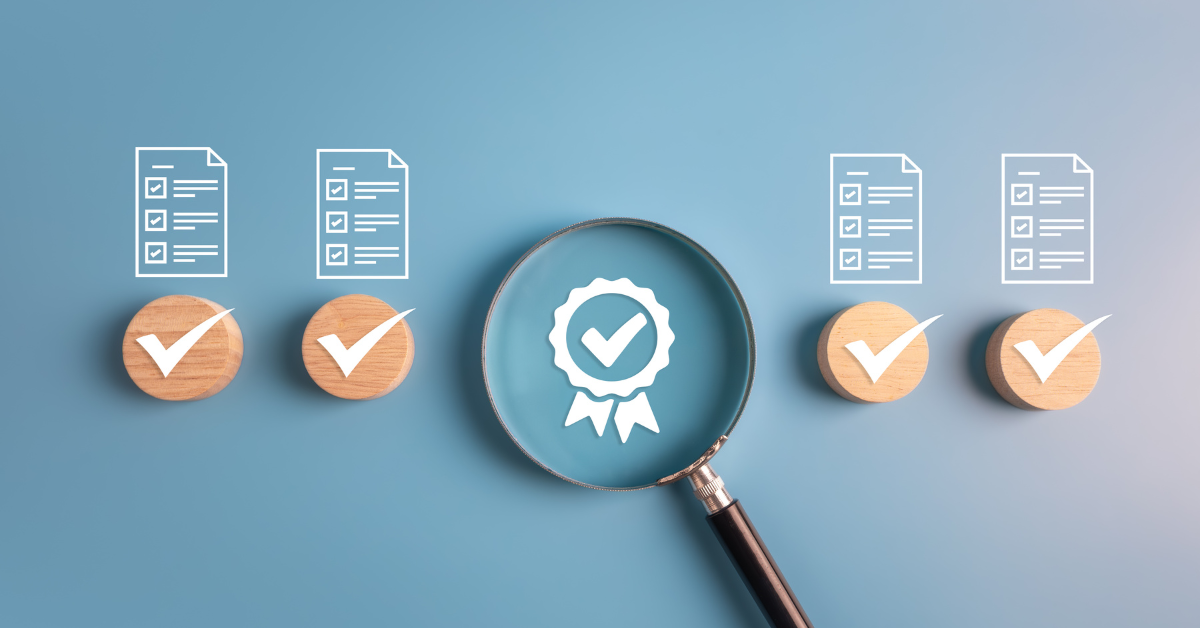By Nandini Menon
Introduction
The twenty-first century is defined not only by globalisation and digital transformation but also by a pressing new reality: climate volatility. From unprecedented heatwaves in Europe to devastating floods in Asia and hurricanes paralysing North America, the world is experiencing disasters that test the resilience of both societies and businesses.
For organisations operating in today’s interconnected environment, disruption is no longer a question of “if” but “when.” Against this backdrop, resilience can no longer be treated as an optional feature of corporate governance; it must become a core strategy.
This imperative has significant implications for global business curricula. If tomorrow’s leaders are to steer organisations through an era marked by climate change, resource instability, and cascading global crises, they must possess the tools to anticipate, withstand, and recover from disruption. At the centre of such preparedness lies ISO 22301: the international standard for Business Continuity Management Systems (BCMS).
This article explores how resilience, underpinned by ISO 22301, should be embedded into management education worldwide. It argues that teaching business continuity and disaster resilience as core competencies rather than supplementary skills is essential in building climate-conscious leaders. It also examines the role of organisations like BSB Edge, which provide access to international standards and related resources, in bridging the gap between academic theory and professional practice.
The Climate-Volatile Context: Why Resilience Matters
The accelerating impact of climate change is reshaping the risk landscape for businesses across the globe. Wildfires, rising sea levels, and shifting weather patterns disrupt supply chains, damage infrastructure, and erode stakeholder trust. According to the World Economic Forum’s Global Risks Report, environmental risks now consistently rank among the top five global risks in terms of likelihood and impact.
Climate volatility rarely appears in isolation; it cascades into broader vulnerabilities. A flood may damage transport infrastructure, leading to supply shortages, which in turn can escalate into financial instability and reputational damage. In such a world, businesses that lack continuity plans risk systemic collapse.
The lesson is clear: organisations cannot merely respond to disasters; they must design resilience into their very structure. This is where ISO 22301 becomes essential.
ISO 22301: A Global Framework for Business Continuity
ISO 22301 provides a structured framework for establishing, implementing, and maintaining effective business continuity management systems. Its purpose is to ensure that businesses can continue delivering products and services at acceptable levels during disruptive incidents.
Key elements of ISO 22301 include:
- Risk Assessment and Business Impact Analysis (BIA): Identifying threats, vulnerabilities, and critical functions.
- Continuity Strategies: Establishing recovery priorities and strategies for different scenarios.
- Incident Response Structures: Creating command, communication, and control mechanisms.
- Testing and Exercises: Regularly evaluating continuity plans to ensure effectiveness.
- Culture of Resilience: Building awareness and training staff at all levels.
By institutionalising ISO 22301 within business curricula, educators provide students not only with theoretical knowledge but also a globally recognised competency valued by employers and regulators alike.
Embedding Resilience into Global Business Curricula
To prepare future leaders, global business schools must recognise resilience as both an academic and practical discipline. Currently, many MBA and postgraduate programmes emphasise strategy, finance, marketing, and leadership. Risk management, when included, is often confined to financial risk—neglecting operational continuity and systemic resilience.
Resilience must therefore be taught as a core business competency, comparable in importance to corporate governance or ethics. This can be achieved through curriculum innovations such as:
- Core Modules on Business Continuity and Disaster Resilience
– Mandatory courses on Business Continuity Management aligned with ISO 22301.
– Training on Business Impact Analyses and continuity strategies across industries. - Case-Based Learning from Climate Events
– Analysing real-world disruptions like Toyota’s post-Fukushima supply chain resilience or airline responses to volcanic ash.
– Comparing failures (companies without plans during COVID-19) versus successes (firms with ISO 22301 systems). - Simulation Exercises
– Crisis simulations for cyber-attacks, extreme weather events, or supply chain collapses. - Interdisciplinary Approaches
– Drawing on sustainability, environmental science, operations management, and ethics.
– Aligning continuity planning with the UN Sustainable Development Goals (SDGs). - Industry Partnerships and Certifications
– Embedding certifications like ISO 22301 through collaborations with standards providers such as BSB Edge.
Beyond Risk Management: Resilience as Strategy
It is crucial to distinguish between traditional risk management and resilience as strategy. Risk management seeks to minimise probability and impact; resilience accepts that disruptions will occur but prepares organisations to absorb shocks and adapt swiftly.
Strategic resilience means:
- A resilient supply chain becomes a competitive advantage.
- A resilient workforce sustains productivity during crises.
- A resilient brand earns trust through preparedness.
In this sense, resilience is not only defensive but also an enabler of growth and innovation.
BSB Edge: Bridging Academia and Practice
For business schools to effectively integrate resilience into curricula, they require access to the latest standards, frameworks, and industry insights. This is where BSB Edge plays a pivotal role.
- Access to ISO 22301 and Related Standards: Students engage directly with ISO 22301, ISO 31000 (Risk Management), and ISO 14001 (Environmental Management).
- Practical Learning Materials: Case studies, guides, and handbooks translate abstract standards into actionable strategies.
- Academic Partnerships: Curriculum development, guest lectures, and certification programmes.
- Bridging Emerging Markets: Bringing global best practices to regions vulnerable to climate change.
In effect, BSB Edge becomes the conduit between theoretical learning and applied organisational resilience.
The Global South and the Urgency of Resilience Education
While climate volatility affects all nations, the Global South faces disproportionate risks due to resource constraints, fragile infrastructure, and high population density. Business schools in India, Brazil, Nigeria, and others must prioritise resilience education for both global competitiveness and local survival.
Embedding ISO 22301 through BSB Edge partnerships ensures students are trained on international standards while contextualising them for local realities—monsoon resilience in South Asia, drought and energy resilience in Africa, and urbanisation risks worldwide.
The Ethical Dimension: Resilience as Responsibility
Teaching resilience is not just about financial survival—it is about ethical responsibility. Companies unprepared for disasters often pass costs onto employees, customers, and communities. By contrast, resilient organisations protect livelihoods, ensure service delivery, and uphold trust.
This aligns resilience with CSR principles and UN SDGs, especially Goal 13 (Climate Action) and Goal 11 (Sustainable Cities and Communities).
Looking Ahead
As climate volatility intensifies, the demand for resilient leadership will only grow. Business schools must seize the opportunity to position themselves as incubators of resilience, equipping students with frameworks like ISO 22301.
Embedding resilience as a strategy ensures the next generation of leaders will not be blindsided by disruption but will instead anticipate, adapt, and emerge stronger. In a climate-volatile world, this is no longer optional; it is the essence of sustainable business.
Conclusion
The global business landscape is entering an era of perpetual uncertainty. Climate volatility, geopolitical shocks, and digital vulnerabilities will define the coming decades. Against this backdrop, resilience must evolve from a peripheral concern to a central strategic imperative.
By embedding ISO 22301 into global business curricula, educators can ensure future leaders are trained not just in profit maximisation but in survival, adaptability, and ethical responsibility. With support from organisations like BSB Edge, this transition is both possible and urgent.
Resilience is no longer simply a capacity; it is a strategy. And in a world where volatility is the norm, teaching resilience may well be the most valuable lesson business schools can offer.







Leave a Reply